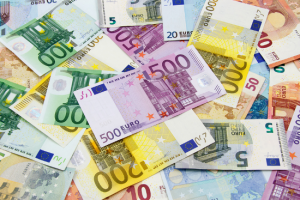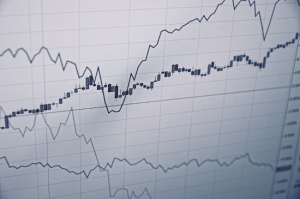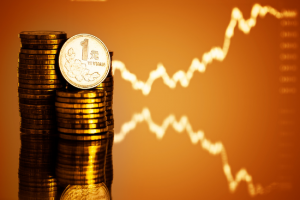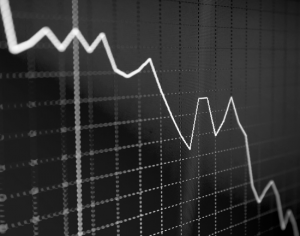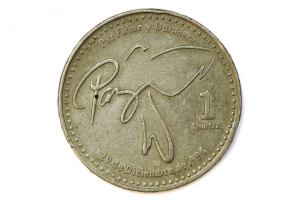Perhaps the most important theoretical topic concerning the economy as a discipline is attempting to explain the idea of economic cycles. In practical terms, an economic cycle is understood as being a periodic fluctuation in national income, employment and prices. Successful, and sometimes not so successful, attempts at an explanation have been made in both the media and academic worlds.
Click here to continue readingIt is true that commodity-producing countries have suffered from the fall of international commodity prices. Brazil, in particular, suffered a great extent. If we keep in mind Brazil’s main exports—which include iron, soy, oil, and sugar—it is logical that the country’s trade balance has deteriorated, as mentioned in a September 2015 article.
Click here to continue readingThe economy of the eurozone continues to experience slow growth, but most economic indicators anticipate a stage of good economic growth. The demand in cyclical goods, for example, is seeing a significant rebound. We see this in the demand for vehicles and new home constructions which is experiencing this rebound for the first time since the recession of 2012.
Click here to continue readingAfter 2008, commodity-producing countries experienced an economic boom that resulted in an ever-growing and sustained rise in prices. These price increases were unprecedented when analyzing the history of such commodities. In graph 1, it can be noted that both oil and rubber saw prices that hadn’t been seen in 30 years. Sugar also saw an increase in price but at a much more moderate rate. Is it reasonable to assume that during a time when global economies began an intense economic cycle, the prices of these commodities saw an increase of such proportions?
Click here to continue readingMarch is almost here and Guatemala’s credit card law will soon come into effect. The country’s banks have already been making the necessary changes to comply with the law to prevent delays. The law’s main objective is to end abuses on by the banks when it comes to collecting payment (interest rates and abusive collection practices). However, the law will have negative effects that have mostly gone unnoticed: a price increase in other financial services, and a displacement towards an informal and unregulated market.
Click here to continue readingThe yuan’s devaluation against the dollar, the stock markets tumultuous start of the year, and unexpected reactions to new regulations from central authorities: this stumbling of the world’s second largest economy has not sat well with Xi Jinping, who already expressed dissatisfaction with how China’s Securities Regulatory Commission handled last year’s crisis. The stock market’s dismal start in 2016, along with the debut and suspending of the “circuit breaker” system, cost Xiao Gang his job—the very same man who designed it and who, until last week, was the Director of China’s Securities Regulatory Commission.
Click here to continue readingThe booming increase in China’s economy in recent decades, and now the current downswing, has seen and is currently experiencing very important consequences. This comes as no surprise given the size of its economy. Its contribution to the growth of the global economy in general, and to the demand in commodities, particularly in the last decade and a half, has been quite substantial. Since 2005, China’s economy has consistently accounted for more than one percent of the global economy, having reached a max in the year 2007 at 1.6 percent when its GDP raised 14%.
Click here to continue readingEver since the onset of the 2008 recession, the most important central banks of the world strung up their imaginative sides and came up with a series of steps and measures to not only halt the effects of the devastating liquidity crisis but also devise a plan to boost the economy during its aftermath. One of the less conventional monetary policy measures being taken is the use of negative interest rates. The justification for such a measure is the hope that it will prompt a credit boost in the capital market. With this boost in credit, it is hoped that the economy will follow suit.
Click here to continue readingThe news about the fall in oil prices and the impact it has had on oil producing countries is nothing new. For Mexico, this fall has had a rather notable effect on local currency exchange rates, and in spite of the depreciation of the peso, exportations have not risen.
Click here to continue readingSince January 25, there has been constant speculation about the possible devaluation of the quetzal (Q). After Julio Héctor Estrada, who is part of the Monetary Board, was appointed Minister of Finance warning signals about the currency’s devaluation set off in the country’s financial sector. Most alarming, however, is how Guatemala’s Association of Exporters (Agexport)—with whom the minister has close ties—is pressing for an exchange rate of Q8 to the dollar. According to the union, there is an overvaluation of the quetzal; in other words, an undervaluation of the dollar in the country.
Click here to continue readingGet our free exclusive report on our unique methodology to predict recessions



